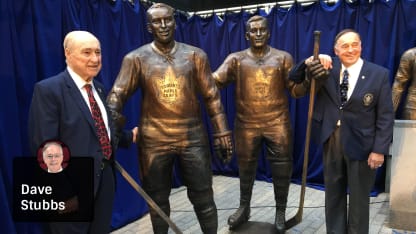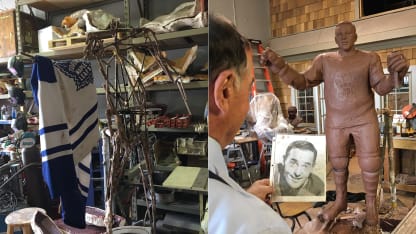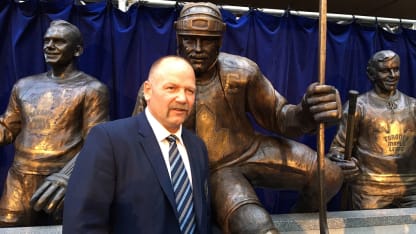Kelly won the Stanley Cup eight times during a 20-season career split between the Detroit Red Wings and Maple Leafs, winning four titles with Detroit (1950, 1952, 1954, 1955), then four with Toronto (1962, 1963, 1964 and 1967). He was a brilliant, versatile skater between 1947-48 and 1966-67, as a defenseman and center. Kelly won the Norris Trophy in 1953-54 as the League's top defenseman and four times won the Lady Byng Trophy as the NHL's most gentlemanly player (1950-51, 1952-53, 1953-54, 1960-61). Indeed, in 1,316 NHL games, he had 327 penalty minutes.
"I never dreamed about anything like this in all my life," said Kelly, 90, who seamlessly made a remarkable conversion from defense to center with the Maple Leafs. "I dreamed about hockey, the greatest game in the world. I dreamed about Stanley Cups and playing in the NHL."
Then, looking at the current Maple Leafs executives, he said: "We'll keep our fingers crossed, it looks like we're coming. The biggest thing to not to have a one-man team or a two-man team, but a team, all working together."
The silky-smooth Mahovlich, nicknamed The Big M, won six Stanley Cup titles, including four with Kelly in Toronto before winning two more with the Montreal Canadiens in 1971 and 1973. Mahovlich turned down a professional baseball contract offer by the Boston Red Sox to join the Maple Leafs for three games in 1956-57, then edged Chicago Black Hawks forward Bobby Hull the following season for the Calder Trophy as the League's top rookie.





